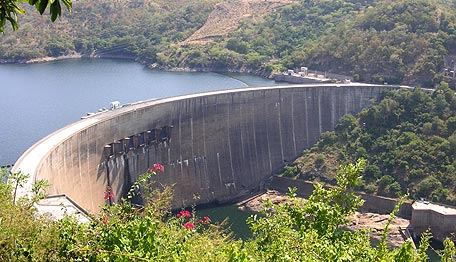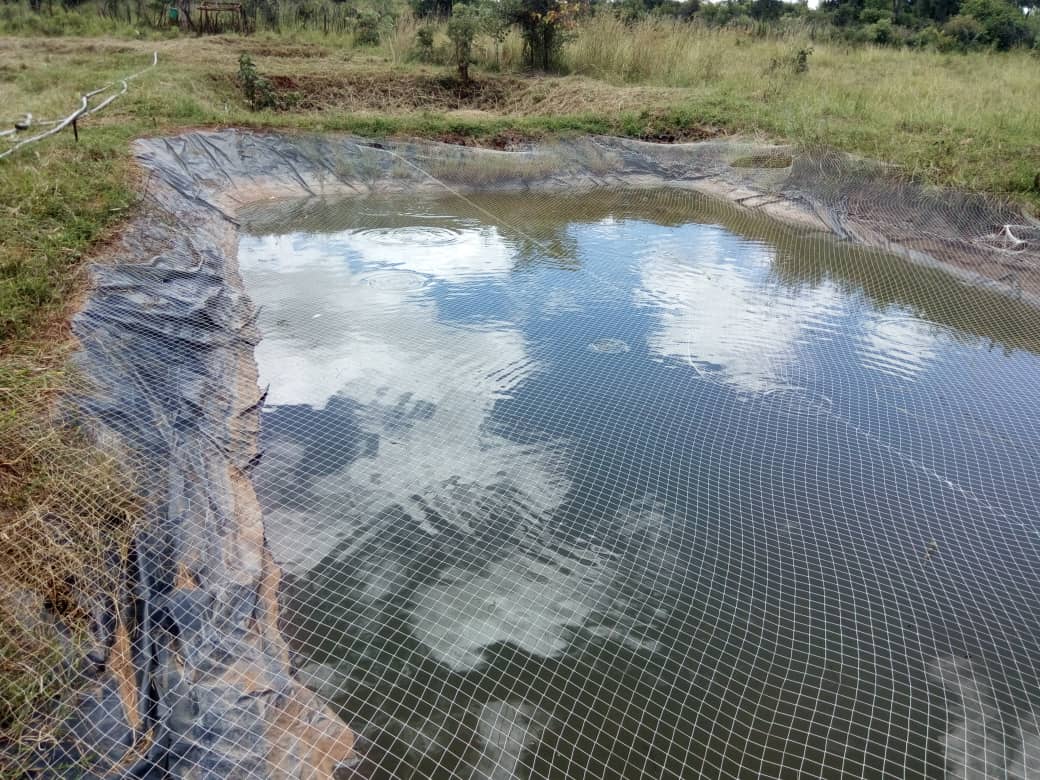Water-levels-at-Kariba-dam-increase-steadily

Water levels at
Kariba dam increase steadily
Admore Mbonda in Kariba
The Zambezi River Authority, ZRA has announced that water
levels which had been in recession in the last quarter of 2022, have been
rising steadily, as a result of the steady rains that are falling within the
lake surroundings and the Zambezi River Upper Catchment.
In his statement released last Thursday, ZRA Chief
Executive, Munyaradzi Munodawafa said, “The year 2023 commenced with a low lake
level of 475.61m or 0.83% of live storage available for power generation on 1st
January 2023. This was an increase from the lowest record of 475.60m (10cm
above the Minimum Operating Level-MOL) recorded on 30th December 2022.
"From this lower lake level, the level now increased to
476.85m recorded today, 16th February 2023 which translates to 6 billion Cubic
Meters (BCM) or 9.32% of stored usable water meant for power generation by the
two utilities - ZESCO Limited and Zimbabwe Power Company (ZPC) at Kariba North Bank
Power Station and Kariba South Power Station, respectively.
"This level translates to a rise of 1.24m from the
level recorded on 1st January 2023. The current lake level of 476.85m,
therefore, places the lake at 1.35 meters above the Minimum Operating Level
(MOL) of 475.50m.
Munodawafa added that, according to the Africa Rainfall
Climatology (ARC) Rainfall Estimator (RFE) of the Climate Prediction Center
(CPC) of the United States of America, the Kariba Catchment can be said to have
received normal rainfall over most parts of the Upper Catchment and normal to
below normal over the larger part of the Lower Catchment during the last 90
days of the 2022/23 rainfall season (November 2022 to February 2023).
"This outcome is in sync with the seasonal rainfall
outlook prediction by both the CPC and the SADC Climate Services Centre`s 26th
Southern Africa Regional Outlook Forum (SARCOF-26) and the downscaled forecasts
of the Meteorological Departments of Zambia and Zimbabwe, of normal to above
normal rainfall over Southern Africa in general, and the Kariba Catchment in
particular. This situation has resulted in generally average inflows into Lake
Kariba during this period, which, coupled with the controlled power generation
outflows, has been responsible for the increasing water levels at Kariba Dam.
"The CPC rainfall outlook for the next 7 days indicates
a 50% - 65% chance of receiving above normal rainfall over the whole of the
Lower Catchment while the Upper Catchment is expected to receive below normal
rainfall during the outlook period.
Meanwhile the Zambezi River flows monitored at Chavuma rose
to 2,338 m3/s on 27th January 2023 before receding and oscillating around 1,600
m3/s up5 today, 16th February 2023 when they posted 1,538 m3/s. This is another
recovery from 489m3/s recorded on 1st January 2023. On 16th February 2022, the
river flows were lower at 1,192 m3/s.
"River flows at this hydrometric station are expected
to keep rising, up to the end of the first quarter of 2023.
"The river flow recorded at the Victoria Falls on 1st
January 2023 was 502 m3/s. The level has since risen to 1,412 m3/s recorded
today, 16th February 2023. On the same date in 2022, the river flow was lower
at 989 m3/s.
ZRA highlighted that whereas the Kariba Catchment has
generally received the predicted rainfall amounts, it is noteworthy that a
significant increase in the Kariba Dam water level will only start being
recorded between April to June 2023 which is the period during which the waters
from the Barotse Floodplains greatly influence water levels at Lake Kariba.
Despite the reasonably good rainy season and in light of the expected peak lake
inflows that will only be realized during the period indicated above, water
allocation to the two power utilities will not be increased in the short term.
"Commendably, both power utilities have adhered to the
guidance from the Authority, that is, capping average generation at each of
their respective power stations at 250MW in December 2022 and as recently
reviewed upwards to the 350MW cap obtaining currently. This generation output
will be maintained while the hydrological outlook at Kariba continues to be
reviewed during the weekly Joint Technical Committee (JTC) meetings between the
Authority and the two Kariba power generation utilities under the auspices of
the Joint Technical Committee.





